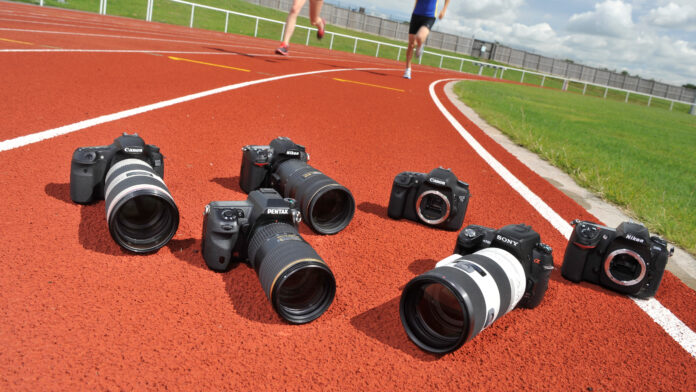Shooting sports events usually involve the creation of dynamic subjects: running, jumping, passing the ball, etc. Such a photo reportage has its peculiarities, because it involves not so much the creation of the “protocol” of the competition, as the fixation of unique game moments and emotions of athletes. We have prepared some tips that will help to make the shooting of sports events as bright and expressive as possible.
1. Learn the rules
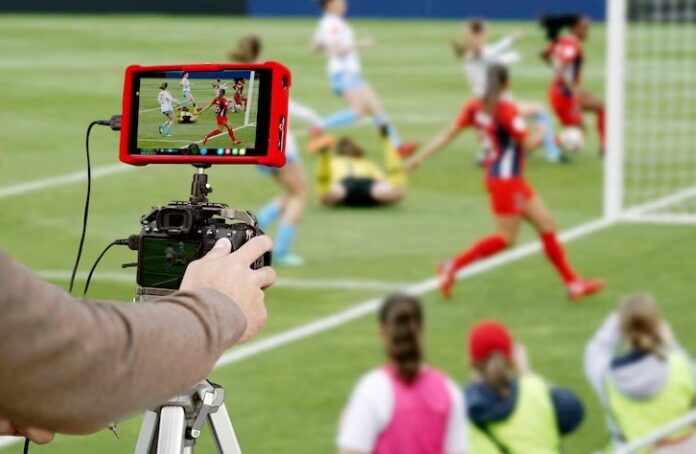
Surprisingly, you can catch the best angles and moments only if you know the rules of your chosen sport — lucky accidents in this business rarely happen. Knowing how the players will move, what their goal is, and what periods of the competition will be the most intense, you can choose the best vantage point and catch the faces in the lens at the decisive moment.
You can emphasize the tension and dynamics of the moment with post-processing, for example, using the app for biceps, but you can’t correct mistakes of angle or blurred faces. If you have an additional camera with a tripod and remote control, it is easy to create pictures from several angles at the same time. For example, in soccer, the position near the goal is not the most favorable. You will get more successful shots from the corner of the field, but the photo of the goal can be made exclusively behind the goal (this is where the camera with remote control is placed).
2. Use continuous shooting
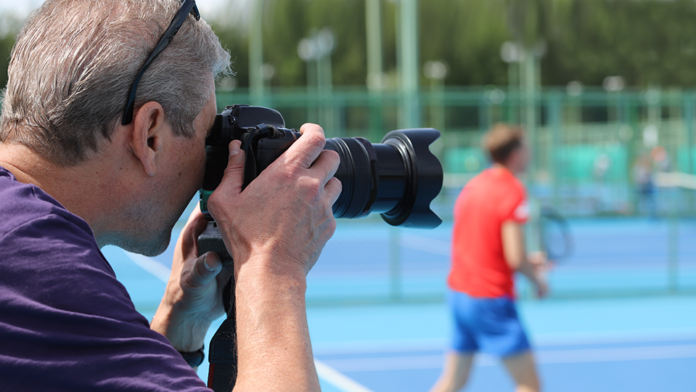
Many sports are so dynamic that it’s almost impossible to capture the perfect moment with a single shot. That’s where continuous shooting comes in handy! Choose a camera that can take 5–12 frames per second so you can select the best photos from the resulting set of images. Some models can shoot up to 20 frames per second, but keep your finger on the button for no more than 2 seconds. After all, it is you who will have to look through hundreds or even thousands of frames.
3. Set a short shutter speed
To achieve sharp images in dynamic scenes, it’s important to set a short shutter speed. Optimal values will be 1/1000, at most 1/500 depending on the specifics of the sport. With slower shutter speeds you will get blurred movements. To set the necessary parameters you can set the shutter speed priority mode, but if you want to separate the players from the background with bokeh, aperture priority will help. As always, the universal solution is the manual adjustment of each parameter.
4. Apply focus potential
The optimal solution is to shoot on the center point using the tracking mode. This makes it much easier to focus on athletes — the focus is unlikely to drift to a random spectator or player in the background at the last moment. In addition, frame-by-frame focusing is too slow, and face autofocus can ruin the whole shoot.
5. Use a zoom or super-zoom lens
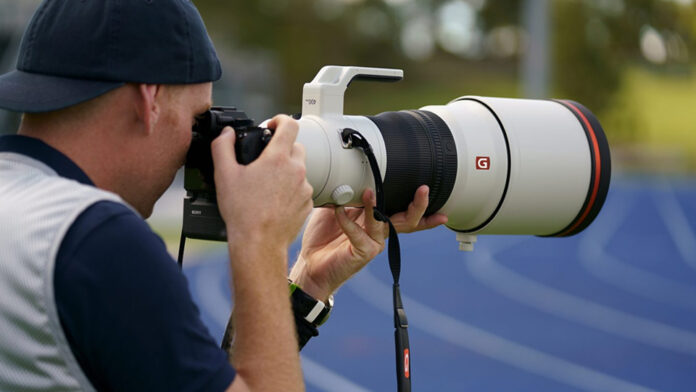
Many sports involve the use of a large venue where athletes are actively moving around. To capture most of the interesting moments, you should use a lens with a variable focal length of 100–400mm. A zoom with a smaller range or fx can also come in handy, but there will not be many frames for them. For convenience, professional photographers often take 2–3 cameras with different lenses, so as not to waste time changing them during work.
6. Harness the Power of Burst Mode: Don’t Let a Moment Slip By
In sports, the game can shift in an instant. Capturing these fleeting moments becomes crucial, and here, burst mode, often referred to as continuous shooting, is a sports photographer’s ally. By simply holding down the shutter button, your camera will quickly snap a series of photos, ensuring you don’t miss a single step of the action, be it a swift football pass or a dramatic basketball dunk. This option provides a generous selection of moments during your editing process, enhancing your chances of finding that perfect shot.
7. Zoom into Player Expressions: The Emotional Core of the Game
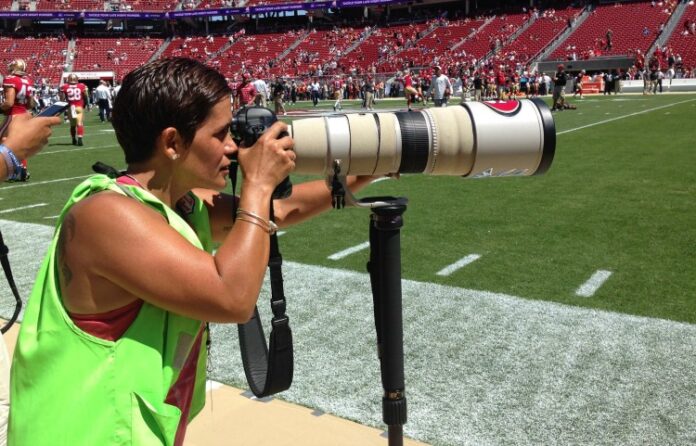
Sports are a whirlwind of emotions, from the grimace of effort to the elation of triumph. The stories etched on the athletes’ faces provide an emotional depth to your photographs, transforming them from mere action shots to profound narratives. Diversify your focus from the physical prowess and aim your lens towards the human drama. Candid captures of players responding to a victory or loss infuse authenticity and a distinctly human element into your sports photography portfolio.
8. Embrace High ISO: The Key to Low-Light Mastery
Many sports events occur indoors or in the evening under artificial lights. Under such conditions, conventional camera settings might not suffice. Leveraging a higher ISO setting allows you to maintain a fast shutter speed, freezing the high-speed action without inducing motion blur. While modern cameras effectively handle increased ISO values with minimal impact on image quality, be mindful of potential noise in your photos. Strive to strike a balance between ISO and aperture settings to ensure optimal image quality.
9. Explore Different Angles: The Power of Perspective
Limiting yourself to one spot can stifle your creative potential. Challenge the status quo by moving around and trying out different perspectives. Whether you’re shooting from ground level, capturing the intense focus in an athlete’s eyes, or from an elevated point, offering a bird’s-eye view of the arena, altering angles can add depth and dynamism to your photographs. This strategy not only provides variety but also makes your images more visually captivating and unique.
10. Document the Celebrations: A Peek Beyond the Game
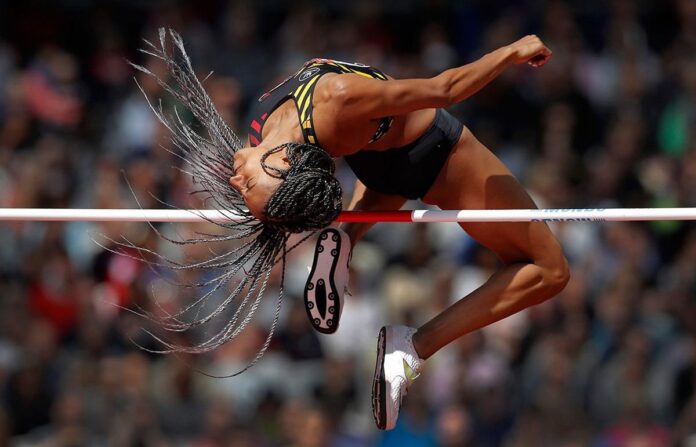
While the on-field action forms the core of sports events, there’s much magic to be found beyond the game. Capturing moments of jubilant celebration, team camaraderie, and even the roller coaster of fans’ emotions adds a holistic dimension to your sports photography. These shots allow your audience to experience the broader context of the event, heightening their engagement and appreciation for the captured moments.
11. Don’t forget about the little things
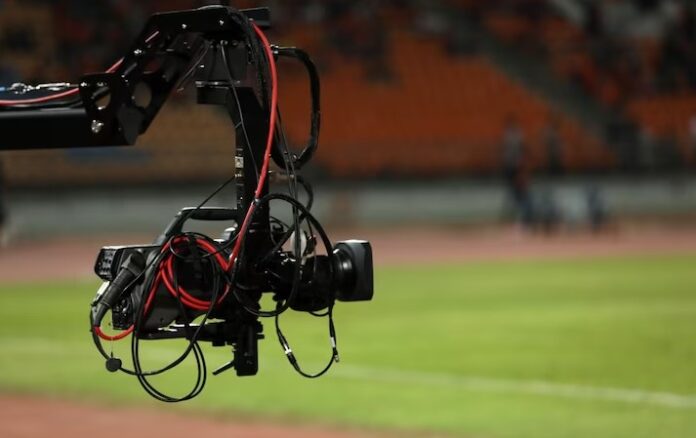
Choose a large and fast memory card for your camera in advance and decide on the format for saving files. Put in your bag a couple of spare batteries, a rain cover (if you will be shooting outdoors), and a monopod or tripod. As for the format, photographers differ in their opinions: some recommend RAW for better quality and deeper post-processing, while others recommend JPG for faster recording on a memory card and saving space. But which option to choose is up to you.
